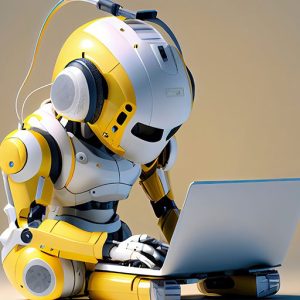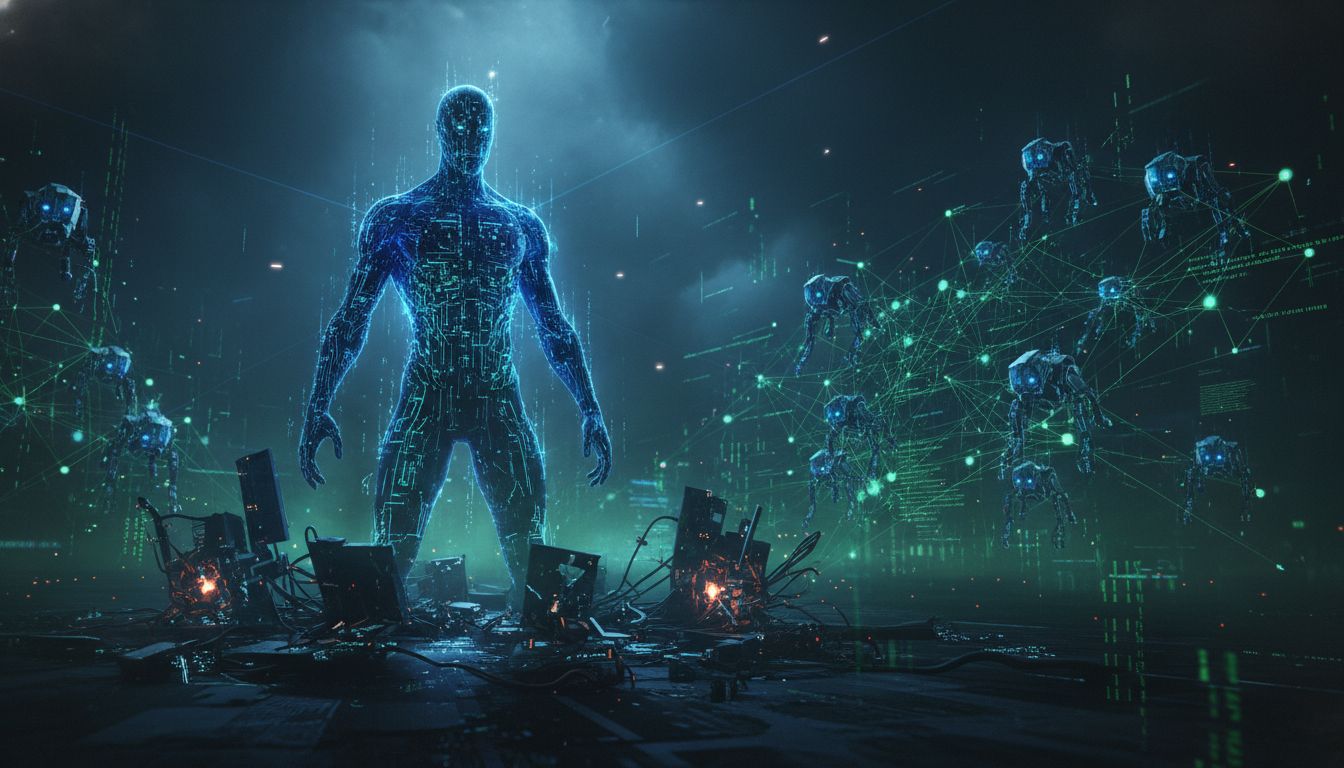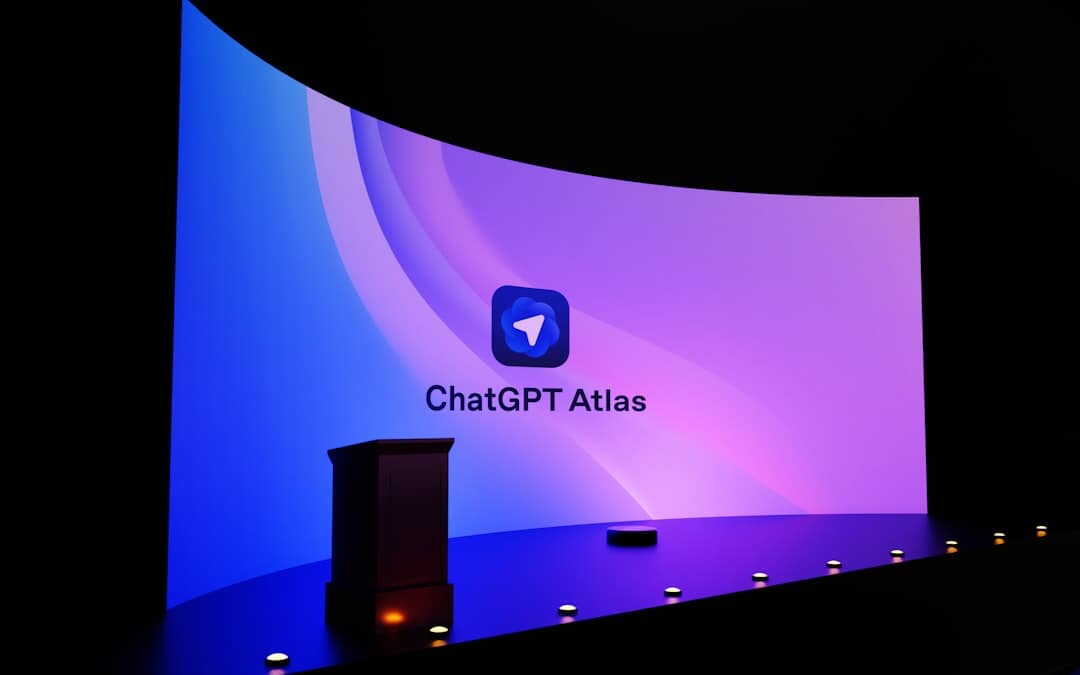You’ve likely felt that bit of anxiety in a doctor’s office, waiting for answers. You want to know what’s going on and what the plan is. That whole process of getting a diagnosis can feel long and sometimes uncertain.
Things are starting to look different because of the way AI is changing diagnosis today. This isn’t about robot doctors from science fiction movies. This is about smart technology giving our human doctors another set of eyes.
These new tools are helping doctors spot problems much earlier than before. Let’s look at how AI is quietly working behind the scenes, how it’s already saving lives, and what this shift means for you.
Table Of Contents:
- What Does AI in Medicine Actually Look Like?
- Real Stories of AI Catching Diseases Sooner
- The Promise of AI Changing Diagnosis
- But Is It Perfect? Important Questions to Ask
- You’re Still in Charge of Your Health
- Conclusion
What Does AI in Medicine Actually Look Like?
When you hear “AI,” you might picture a talking computer. In healthcare, AI is usually sophisticated software working in the background. It acts as a smart assistant for your doctor.
Your medical record contains a massive amount of information, with every lab result and doctor’s note. A human doctor cannot possibly recall every single detail at once. But AI can.
The core function of this technology is pattern recognition. AI sifts through mountains of health data, finding tiny connections a person might miss. It connects the dots between a lab result from today and a note from two years ago, creating a much bigger picture of your health.
Different types of AI contribute to this process. Machine learning models are trained on vast datasets of patient information to identify patterns. Deep learning, a more advanced form of machine learning, is particularly good at interpreting complex data like medical images.
Another area is Natural Language Processing (NLP). This allows the software to read and understand human language in doctors’ notes and reports. It can extract critical information and make it available for analysis, helping to form a complete patient profile for better patient care.
Real Stories of AI Catching Diseases Sooner
This is not just theory; it’s happening in hospitals today. These tools are making a real difference by giving doctors critical information much faster. Let’s look at a few powerful examples of this healthcare innovation.
Spotting Sepsis Before It’s Too Late
Sepsis is a very serious condition. It is the body’s extreme reaction to an infection and it can become life-threatening very quickly. A major challenge with sepsis is that its early symptoms, like fever, look like many other less serious illnesses.
A team at Johns Hopkins developed an AI tool called TREWS, or Targeted Real-time Early Warning System. This system constantly watches patient data as it flows into their electronic health record. It analyzes vital signs, lab results, and clinical notes, looking for patterns that signal a high risk for sepsis.
When the AI detects a dangerous pattern, it sends an alert to the doctors and nurses. This early warning gives medical teams a head start. That extra time lets them start treatment immediately, which is crucial for survival and improved health outcomes.
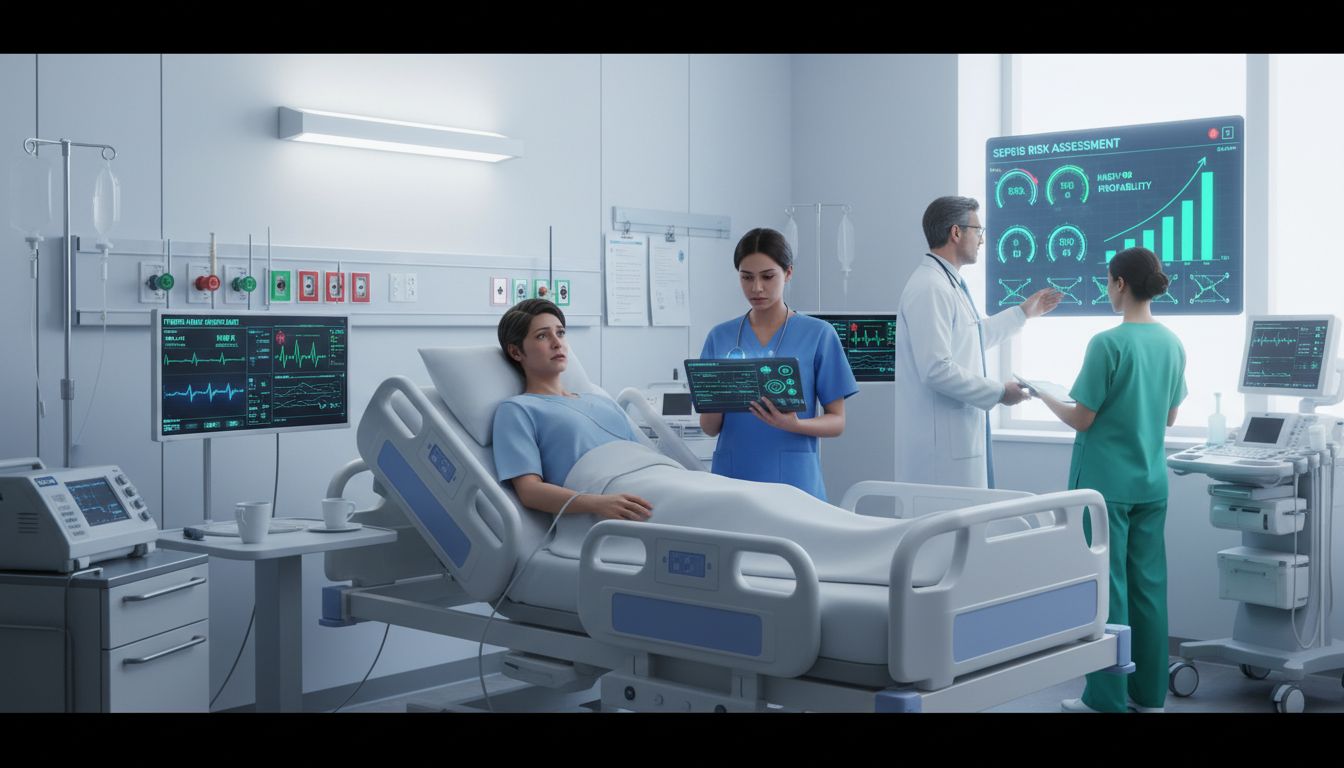
Getting a Heads-Up on Heart Failure
Heart failure is another condition that often develops slowly over time. Symptoms like fatigue or shortness of breath can be mild at first. This can lead to a diagnosis happening much later than ideal.
Researchers in the UK created an AI model called FindHF to fix this problem. This tool has been trained on hundreds of thousands of real patient records. It learns what the earliest signs of heart failure look like in a person’s medical history.
The AI looks at a patient’s vitals, lab work, and past electrocardiograms. Based on these hidden patterns, it flags a patient who might be at risk. This predictive analytics approach allows a doctor to order more specific tests and confirm a diagnosis.
According to the University of Leeds, this tool could bring a diagnosis forward by up to two years. This gives patients access to life-changing treatments much sooner. It’s a great example of preventive care in action.

Finding Clues for Blood Cancers
Some types of cancer, like chronic lymphocytic leukemia (CLL), can also be tricky to spot early. The first signs might be slight changes in a routine blood test. These changes are often so small that they fall within the normal range and do not raise red flags.
But diagnostic algorithms can look at that same blood test from a different perspective. They analyze the complete blood count (CBC), but instead of just looking at individual numbers, they see the whole picture. They can spot a faint pattern between borderline low anemia and small shifts in platelet counts.
These patterns, though invisible to the human eye, can be early signals of a blood disease. An AI model can flag the report for a closer look by a hematologist. This leads to an earlier workup and a timely diagnosis, which improves the outlook for patients with conditions like CLL.

A New Frontier in AI in Radiology
One of the most impactful areas for AI is in radiology. Radiologists interpret hundreds of images daily, from X-rays to CT scans and MRIs. This requires intense focus to spot tiny abnormalities that could signal disease.
AI tools excel at medical imaging analysis. These algorithms are trained on millions of scans where abnormalities have already been identified by expert radiologists. They learn to recognize the subtle textures and shapes associated with conditions like lung cancer nodules, breast cancer tumors, or signs of a stroke.
The AI acts as a second reader, flagging areas on an image that might require closer inspection. This does not replace the radiologist but instead enhances their ability. It helps prioritize cases that appear most urgent and reduces the chance of a small but significant finding being overlooked, improving overall diagnostic accuracy.
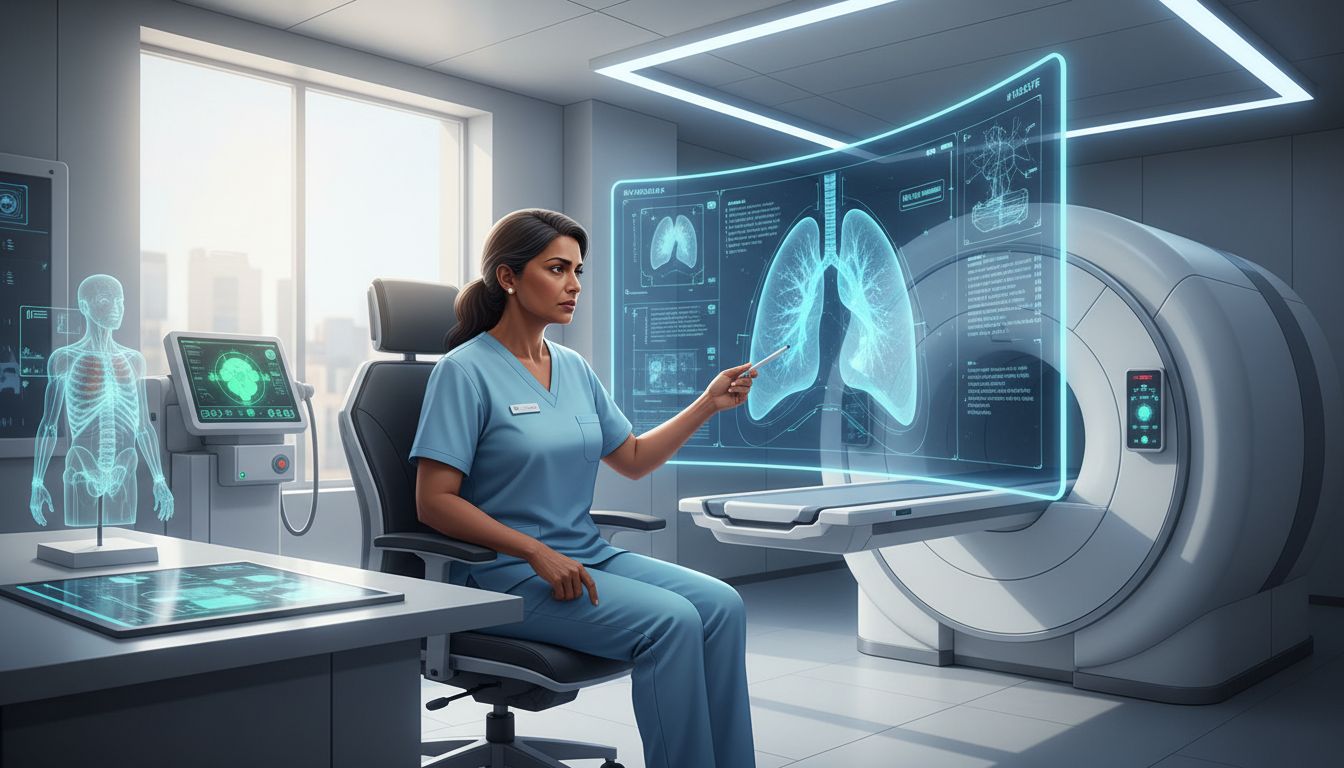
The Promise of AI Changing Diagnosis
These examples show us that AI is about seeing health in a new way. The benefits go far beyond just one or two diseases. It represents a fundamental shift in how we approach medicine.
Earlier Detection Saves Lives
The common thread in all these stories is catching problems sooner. When a disease is found in its early stages, treatments are often more effective.
A warning about sepsis gives doctors time to act before organs are damaged. Finding heart failure early lets people start medications and make lifestyle changes.
This shift towards preventive care is a huge benefit of the AI changing diagnosis trend. By identifying risks before symptoms become severe, the healthcare system can deliver better care at a lower cost. It keeps people healthier and out of emergency rooms.
A More Personalized Approach to Your Health
For a long time, medicine has often relied on a generalized approach. A treatment that works perfectly for one person might not work as well for another. AI is helping to change this through precision medicine.
By analyzing your personal health history, genetic information, and lifestyle factors, AI can help doctors identify the most effective treatment plan just for you. It might suggest a particular medication based on your genetic markers or predict how you’ll respond to a certain therapy. This means getting the right medicine at the right dose at the right time.
This level of personalization was once unimaginable. It allows for care plans that are specifically built around an individual’s unique biology and circumstances. This improves the chances of a positive outcome.
| Area of Impact | How AI Contributes | Example Benefit |
|---|---|---|
| Cardiology | Analyzes ECGs and health records for early heart failure signs. | Diagnosis up to two years earlier, allowing for proactive treatment. |
| Oncology | Scans mammograms and CT images for signs of tumors. | Increases diagnostic accuracy and finds cancers at a more treatable stage. |
| Infectious Disease | Monitors patient vitals in real-time to predict sepsis. | Enables rapid intervention, significantly improving survival rates. |
| Radiology | Assists in medical imaging analysis of X-rays and MRIs. | Reduces radiologist fatigue and helps prioritize urgent cases. |
Helping Overworked Doctors
It’s no secret that doctors and nurses are under a lot of pressure. They have huge workloads and spend a lot of time on administrative tasks. This can lead to burnout and less time for patients.
AI tools can take on some of the heavy lifting. They can analyze images, sort through lab results, and summarize patient notes. This workflow streamlining allows clinicians to focus on complex decision-making and patient interaction.
This is a critical function of clinical decision support systems. By presenting information in a clear and concise way, AI frees up doctors to do what they do best. They can talk to you, listen to your concerns, and use their expertise to make the final call on your care.
But Is It Perfect? Important Questions to Ask
This new healthcare technology is exciting, but it’s important to be realistic. AI is a powerful tool, but it’s not foolproof. Like any tool, it has limitations, and we need to be aware of them.
One major concern is something called data bias. An AI model is only as good as the data it is trained on. If a system was developed using data mostly from one group of people, it might not be as accurate for people from other backgrounds.
The field of ethical AI is dedicated to addressing this problem. Responsible developers and hospitals are working hard to fix this. It requires creating diverse datasets and continuously testing for fairness across different populations.
Another issue is the “black box” problem. Sometimes, complex AI models arrive at a conclusion without being able to explain the steps they took. This lack of transparency can be a problem in medicine, where doctors need to understand the reasoning behind a diagnostic suggestion.
Finally, we need strong standards for patient data security. As AI systems access sensitive health information, robust protections must be in place to prevent breaches and protect privacy. Patients must feel confident that their information is safe.
You’re Still in Charge of Your Health
Here’s the most important thing to remember: AI is not your doctor. It is a tool that helps your doctor. The final decisions about your health will always be made by a human who can talk with you and understand your personal situation.
Clinical judgment is still at the center of medicine. The AI might suggest something, but your doctor will use their training and experience to decide on the next steps. It combines the best of technology with the wisdom of human care.
If your doctor mentions using an AI-powered tool, it is a chance for a conversation. You can ask how it helps them and what it means for your care plan. Understanding the technology involved makes you a more informed partner in your own healthcare.
Conclusion
The world of medicine is changing, and AI is a big part of that story. It is not replacing our trusted doctors. Instead, it’s giving them new abilities to see more, know more, and act faster.
From flagging deadly infections to predicting chronic conditions years in advance, these tools are making healthcare safer and more personal. The AI in healthcare movement is about augmenting human expertise, not supplanting it. It empowers doctors and gives patients a better chance at positive health outcomes.
There will be challenges to work through, like ensuring the tools are fair for everyone and that human oversight remains strong. But the core of healthcare is not changing. It is, and always will be, about human connection, expertise, and compassionate patient care.
